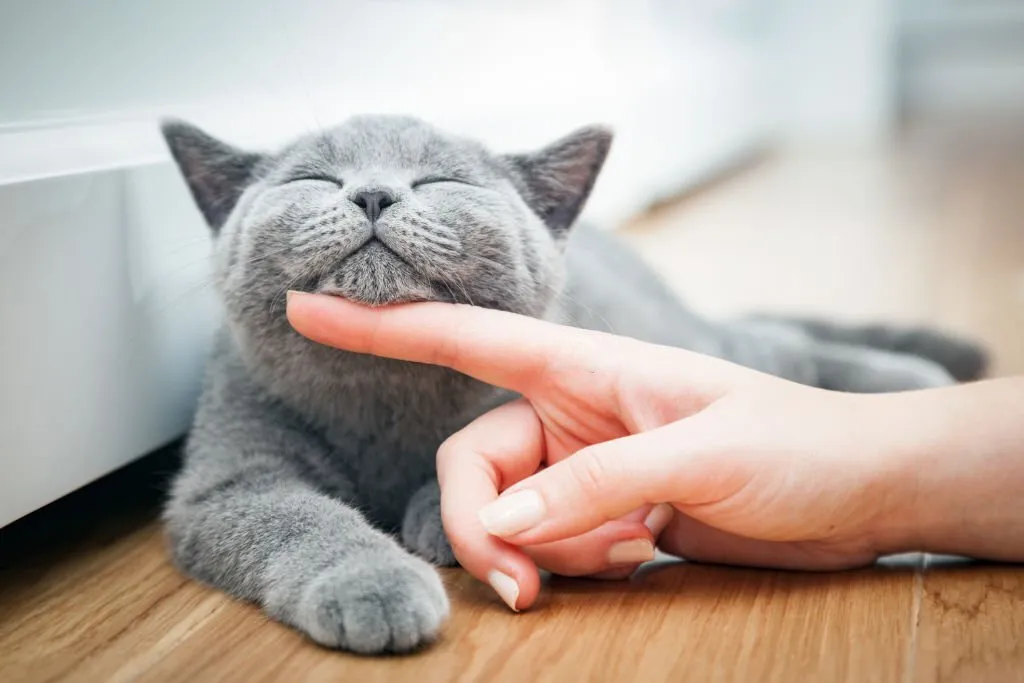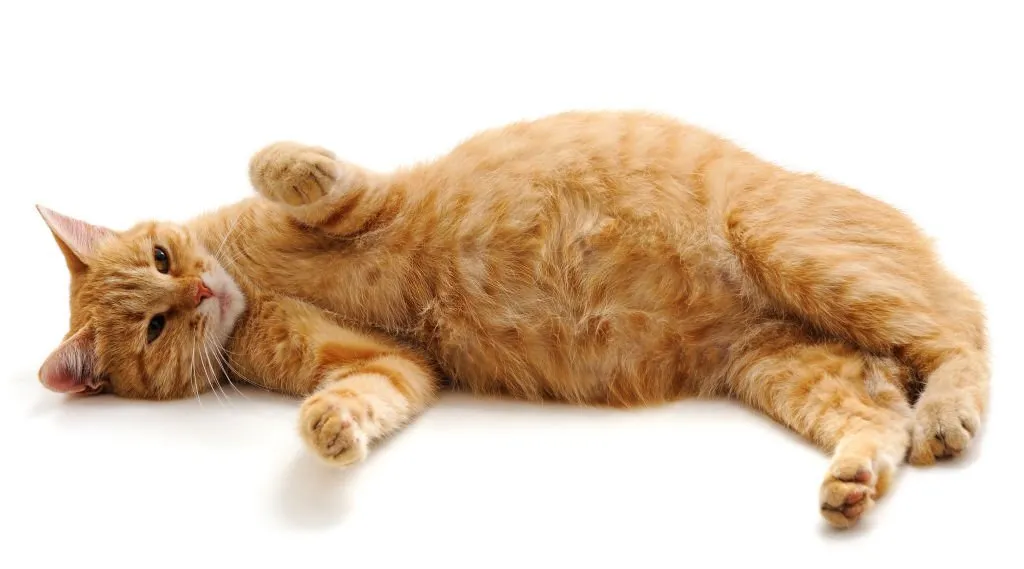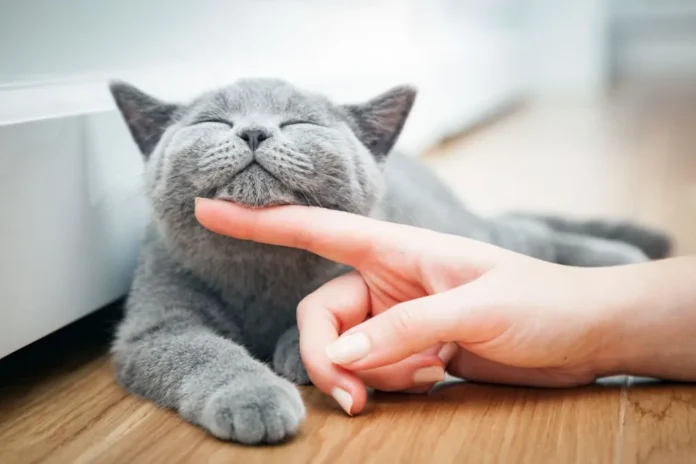Introduction
Feline pregnancy is an exciting time for cat owners, but it can also be a time of uncertainty and questions. Knowing if a cat is pregnant is important for proper care and preparation for the arrival of kittens. In this article, we will discuss how to tell if a cat is pregnant, the signs of feline pregnancy, physical and behavioral changes in a pregnant cat, the importance of veterinary care during pregnancy, how to confirm a cat’s pregnancy, preparing for the arrival of kittens, nutritional needs of a pregnant cat, common health concerns during feline pregnancy, tips for caring for a pregnant cat, and what to expect during labor and delivery.

How to Tell if a Cat Is Pregnant
Early signs of pregnancy in cats can be subtle and easy to miss. One of the earliest signs is a change in behavior. Pregnant cats may become more affectionate and seek out more attention from their owners. They may also exhibit nesting behavior, such as seeking out a quiet and comfortable place to rest.
Physical changes in a pregnant cat’s body can also be a sign of pregnancy. Around three weeks into the pregnancy, the cat’s nipples will become enlarged and pink. As the pregnancy progresses, the cat’s abdomen will become enlarged and firm to the touch. Weight gain is also common in pregnant cats.
Understanding the Signs of Feline Pregnancy
The gestation period for cats is approximately 63-65 days. A pregnant cat may give birth to a litter of anywhere from one to eight kittens, with the average litter size being four to six kittens. First-time mothers may have smaller litters, while experienced mothers may have larger litters.
Experienced mothers may also exhibit different behavior during pregnancy and labor. They may be more relaxed and less anxious than first-time mothers. However, they may also be more aggressive in protecting their kittens.
Physical Changes in a Pregnant Cat’s Body
As mentioned earlier, a pregnant cat’s abdomen will become enlarged and firm to the touch. This is due to the growing kittens inside. The cat’s nipples will also become enlarged and pink, preparing for nursing the kittens. Weight gain is also common in pregnant cats, but it is important to monitor their weight to ensure they are not becoming overweight.

Behavioral Changes in a Pregnant Cat
Pregnant cats may exhibit increased affection towards their owners and seek out more attention. They may also exhibit nesting behavior, such as seeking out a quiet and comfortable place to rest. Changes in appetite are also common, with some cats experiencing an increase in appetite while others may experience a decrease.
The Importance of Veterinary Care During Pregnancy
Regular veterinary check-ups are important during feline pregnancy to monitor the health of the mother and kittens. The veterinarian can also prepare for potential complications during labor and delivery. It is important to discuss any concerns or questions with the veterinarian during these check-ups.
How to Confirm a Cat’s Pregnancy
There are several ways to confirm a cat’s pregnancy. An ultrasound can be performed to visualize the kittens inside the mother. A blood test can also be performed to detect pregnancy hormones. Palpation, or feeling the abdomen for the presence of kittens, can also be done by a veterinarian.
Preparing for the Arrival of Kittens
Creating a safe and comfortable space for the mother and kittens is important for their health and well-being. Necessary supplies include a nesting box, blankets, food and water bowls, and a litter box. It is also important to prepare for potential emergencies, such as having a veterinarian on call in case of complications during labor and delivery.
Nutritional Needs of a Pregnant Cat
A pregnant cat’s nutritional needs will increase during pregnancy. They will require more calories and protein to support the growth and development of the kittens. It is important to choose the right food for a pregnant cat and avoid harmful foods, such as raw meat and fish.
Common Health Concerns During Feline Pregnancy
Feline infectious peritonitis (FIP), toxoplasmosis, and eclampsia are common health concerns during feline pregnancy. FIP is a viral disease that can be fatal in cats. Toxoplasmosis is a parasitic disease that can be transmitted to humans. Eclampsia is a condition where the mother’s calcium levels drop dangerously low, which can be life-threatening.
Tips for Caring for a Pregnant Cat
Providing plenty of rest and relaxation for the mother is important during pregnancy. Monitoring for signs of distress, such as difficulty breathing or excessive panting, is also important. Keeping the mother and kittens clean and healthy is also important for their well-being.
What to Expect During Labor and Delivery
Signs of impending labor include restlessness, nesting behavior, and a decrease in appetite. The stages of labor include the first stage, where the mother may become vocal and restless, the second stage, where the kittens are born, and the third stage, where the mother delivers the placenta. Potential complications during labor and delivery include dystocia, or difficulty giving birth, and eclampsia.
Conclusion
Feline pregnancy is an exciting time for cat owners, but it is important to know how to properly care for the mother and kittens. Regular veterinary check-ups, preparing for the arrival of kittens, and monitoring for potential complications are all important aspects of feline pregnancy. By providing proper care and support, cat owners can ensure a healthy and happy pregnancy for their furry friend.



